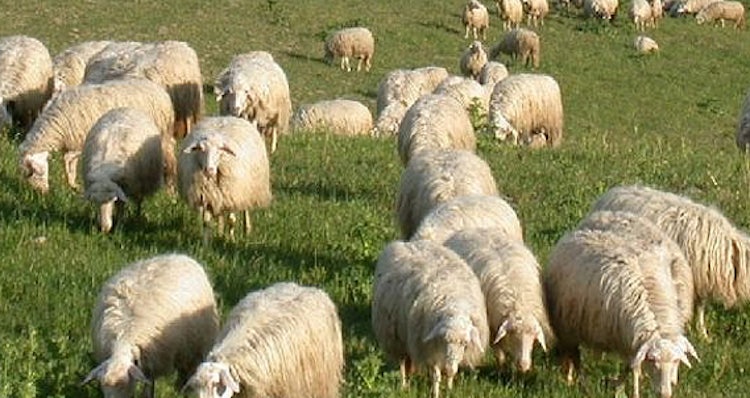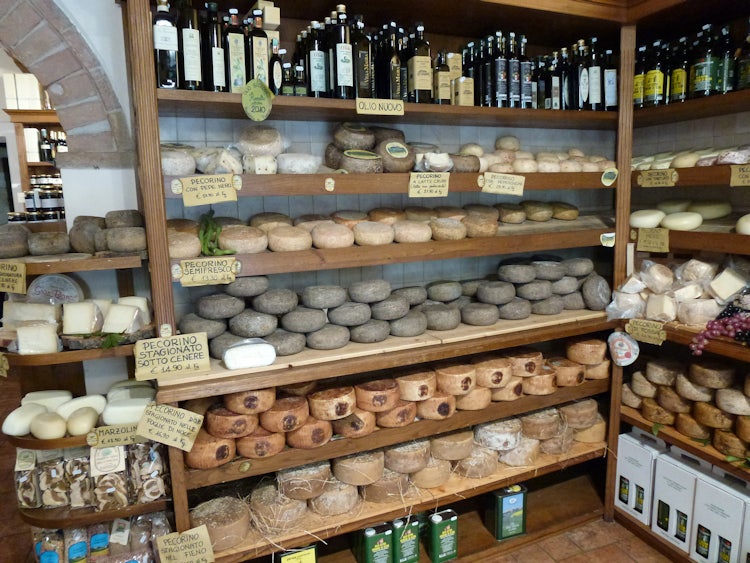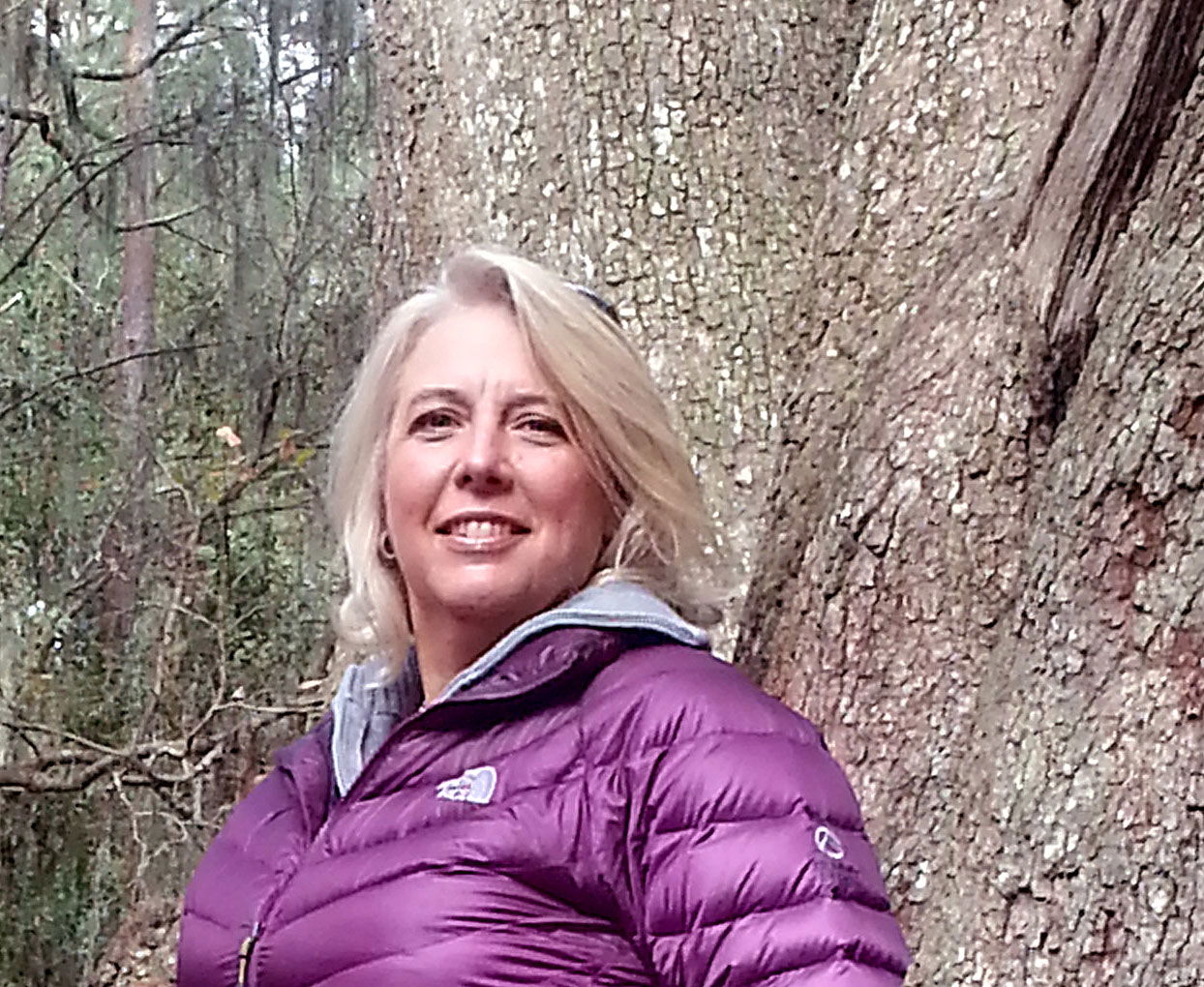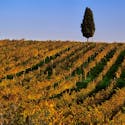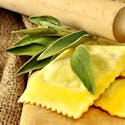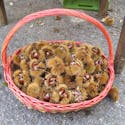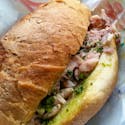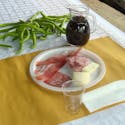Savor the Unique Flavors at a Farm
The 4 Top questions about Cheese in Tuscany
What is the perfect combination? Wine and Cheese. To be precise, Tuscan wine and Pecorino cheese. Add a loaf of fresh baked bread, a bunch of grapes and a plaid on a panoramic hill in Tuscany and you have the perfect romantic recipe.
Or you could just find yourself at one of the many farms and specialized stores, and taste your way through Tuscany exploring its more famous areas for cheese like that of Cortona, Barga, Pietrasanta, the Maremma, Casentino, Piena, Chianti, the Creti Senesi and Lucardo. Practically everywhere!

1. Just How Old is Pecorino Cheese?
Commonly called “cacio” (ka-show), entire communities, their livelihoods and their games & fun centered around the sheep. They provided protein in those lean months, and wool for warmth. Some areas of Tuscany are more known for their cows and some even have a reputation for raising goats - but everywhere in Tuscany has a tradition of sheep and pecorino cheese. It was a common practice to keep the sheep in the pastures close to home in the summer or warmer months and then in the colder seasons move them towards the Maremma, an event known as the “transumanza” (transhumance).
Pecorino cheese, perhaps one of the more popular and common in the area, is produced from 100% whole sheep milk (no light-milk alternatives here), and it is a culinary delight which has been gracing tables since the Etruscans. They were the first to use a vegetable rennet in cheese making...you could say they were some of the first vegetarians in Italy. Sheepherding remained an important economic factor ever since, even incorporated in legends passed down through the generations like that of Giotto / Cimabue (Giotto was discovered drawing sheep in Mugello.) And in 1475, pecorino cheese was celebrated as the best cheese in Italy (truth is, it shared billing with parmesan cheese.)
In 1832 Ignazio Malenotti, published “Manuale del Pecoraio” officially codifying how to make both the strong and spicy percorino cheese as well as the sweet pecorino cheese. (More commonly known respectively as aged cheese and fresh cheese.) Then with the turn of the century, the onslaught of war and the grand exodus from the farms to the cities, the transumanza diminished, cheese making went into decline and was only revived recently from possible extinction.

Cheese production is making a come back; exalting local recipes and traditions and most of all local flavors. In Tuscany alone, among all the other types of cheeses, there are more than 30 different D.O.P. (protected recipes). In most cases, Tuscan pecorino cheese is the most popular cheese on the menu.
2 - How Many Types of Cheeses are There?
There are several types of cheese that are made from a mix of cow, goat and sheep milk, that you will find from all over Tuscany and then there are those cheeses that are made strictly from sheep’s milk that carry the DOP symbol for quality.
Those cheeses that are classified in the “DOP” category are produced with only sheep’s milk that comes from the pastures in Tuscany and certain designated bordering regions and communes according to the regulations. To be categorized as Pecorino Toscano “DOP,” the milk is then coagulated with calf rennet. The milk normally comes from specific varieties of sheep; principally “Massese”, “Comisana” and “Sarda”.
The form is always round, with a diameter of 15 to 22 cm, a height of between 7 to 11 cm and weighing in at 0,75 to 3,50 kg. On the market, you will also find a semi-stagionati which is aged from 4 - 6 months.
Some of the more popular cheese which have a strong tradition from local areas include:
Abbucciato
Made from sheep’s milk in the Casentino area - traditionally produced by the Camaldolese monks as far back as the XI century. Casentino and the Arezzo area also feature a Pecorino cheese which is particularly fragrant with the grass, plants and flowers of the mountains.

Pecorino a latte crudo
Comes from the Pistoia area, with a governing body of about 20 producers (Presidio dell’Arcigola Slow Food), it is an aged cheese from unpasteurized milk with a soft consistency.
Caciotta
This is a very generic term and usually refers to a more traditional and common recipe that is made from a mix of sheep and cow milk with a very period for breaking up the curd or whey. Those more frequently found come from the Monte Amiata, Siena, and Lunigiana. It is common to find the caciotta mixed with spices (black peppercorn, truffles, or chili pepper) or having different aging techniques (ash, hay, wine or leaves).
Il Grande Vecchio di Montefollonico
Origins: from Montefollonico in the province of Siena. It is well aged and has a tendency to be a bit “spicy”. A little larger than many forms it ranges from 5 to 8,5 kg and has a diameter of 25/30 cm. The milk is derived from sheep who live in the open, feeding on grassy meadows and pastures. In this area, you will also find “Pecorino stagionato in foglie di noce” - or pecorino cheese aged while wrapped in the leaves of the walnut tree.
Marzolino
A rather generic name for cheese made in the months of March / April or with the first fresh milk of the season, presenting a sweet and normally is exceptionally flavorful due to the fresh grass that the sheep are feasting upon. Some of the more prized cheeses follow recipes that date back to the Medici family and the 1600’s.
del Chianti: with a brown colored crust and a distinct spicy flavor. It is made with 100% sheep’s milk and produced in the heart of Chianti.
Or there is the Marzolino del Lucardo, which includes the areas of Lucardo, Certaldo, San Gimignano and Val d’Elsa. It is a fresh cheese, aged for about 6 months
and also the area of Pienza, where the cheese will normally have an oval shape instead of a round one, aging for about 10-20 days
Pecorino from Specific Zones
della costa apuana: from the coast near Massa e Carrara, the milk traditionally comes from the local sheep "Massese", which get their name from the area Massa
della Garfagnana: considered one of the more prized pecorino cheese in Tuscany, this comes from sheep in the hills outside of Lucca
delle colline senesi: from the Siena hills and pastures
di Pienza: both fresh and aged cheese from Pienza, it has a tradition of maturing in oak barrels
Pecorino Toscano DOP Fresco
The fresh cheeses have a thin, soft, smooth yellow-colored crust. The cheese is a white/ soft yellow color and can feature irregular holes inside (think swiss cheese but much much much smaller), they are distributed through the main body. The perfume is delicate and will remind you of butter or hay and the flavor is distinctly sweet. It has aged for at least 20 days, and presents a soft consistency but not too sticky or liquid.
Pecorino Toscano DOP Stagionati
This cheese has aged for at least 120 days, sometimes as long as a year, and presents a hard consistency. The color is normally a more golden yellow. The perfume and flavor tend towards nuts and hay and becomes acuter over time leaning towards spicy. The crust is thin, smooth and will demonstrate a deep yellow, however, depending on the type of cheese the color can vary according to the external treatment with tomato, ash or oil and vary from black to red.

3 - Where to go for Some Great Cheese Tasting?
We have put together a list of places that you can visit - and taste. It is not always possible to watch the production procedure due to strict health regulations, but the producers are available to answer questions and of course, taste testing!
Fratelli Sanna
Monteroni d’Arbia, Siena
Production, tasting & store
Making cheese since 1986, Podere S. Anna offers a detailed visit with an explanation about the production procedure and a sit-down tasting of 5-6 cheeses, accompanied with bread, a local wine and when available even a yogurt or fresh ricotta cheese. An added plus, you can arrive here with a bus from Siena and a short walk out to the farm. Min. 2 persons, prices start at 55 Euro per person and there is a possibility of a light lunch with a fresh, homemade pasta dish.

Cugusi
Production, tasting & store
Working with milk from the Val d’Orcia area, other than the normal taste testing itinerary (15 Euro a person), this farm offers a special kind of tasting, a do it yourself picnic. They will provide a picnic basket, a table cloth, plates, forks, knives and cups, even a panoramic spot overlooking Montepulciano (2 Euro a person) and then you choose (and pay separately) the cheese from their wide selection of flavors, aging and recipes. They also have local wines, artisan beers, salumi and bread from local sources.
Tenuta Vitereta
Cheese & wine production, tasting & store
With approximately 500 head of sheep, this farm produces fresh pecorino cheese, “L’abbucciato”, aged cheeses, cheeses aged in a cave “Formaggio di grotta” and in the right season even fresh ricotta cheese. They also produce a wide range of quality wines and olive oil.
Il Palagiaccio
Cheese & wine production, tasting & store
Il Palagiaccio, is a farm from XIII century in the heart of Mugello - and instead of sheep, they concentrate on cows. Il Palagiaccio is the name of the ancient manor of the Ubaldini family from Senni, also mentioned by Dante Alighieri in his masterpiece Divina Commedia, and it is representative of the cattle breeding and milk production tradition in Tuscany.

Corzano e Paterno
San Casciano Val di Pesa
Cheese & wine production, tasting & store
Having grown from 50 to 650 sheep, this cheese producing farm has over 20 years of experience and though they specialize in sheep’s cheese they have recently added goat’s cheese (caprino) to the mix. A classical tasting includes 4 cheeses combined with 4 wines and a brief explanation about the production process. There is a min of 2 persons and prices start at 18 Euro a person. You can opt for a brunch/light lunch at 30 Euro a person which includes a selection of local products typical to the San Casciano area.
4 - Want to Bring Some Cheese Home?
The first thing you need to know about trying to bring cheese home: always declare it on your customs form. If you go through all that effort to select the cheese, pack it and carry it home - don’t lose it because you didn’t declare it - or worse be fined for a hunk of cheese!
⇒ Going into the States?
It’s actually easier than you imagine, both hard and semi-soft cheeses allowed allowed, even if they are produced from unpasteurized milk. An interesting note, cheese packed in packed in brine, like mozzarella, is allowed but not water (ricotta). Soft cheeses are not allowed (and travel poorly) like: gorgonzola, taleggio, robiola, stracchino, ricotta, and mascarpone.
Cheese should be vacuum packed and include a label with the name of the farm, its location and the type of cheese.
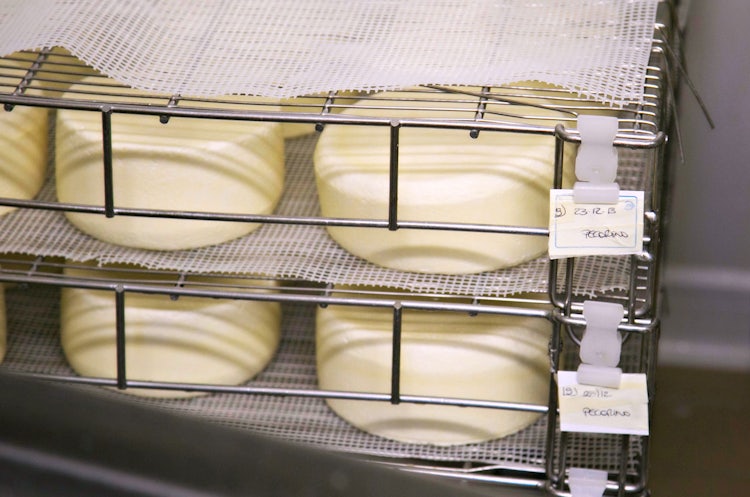
⇒ Going into the UK?
Good news, for those going home to the UK, as long as you are coming back for a EC (European Community) country you can bring back Italian made cheeses. More info
⇒ Going into the EC (European Community)?
Restrictions are only for non-EC products, so Italian made cheeses are fine - but check with your local government.
⇒ Going into Australia?
Cheeses can be can be brought into Australia but they need to be declared for inspection. This includes cheeses from pasteurized milk and specifically countries that are free of foot and mouth disease, so Italy is cleared. Like the United States, be sure to vacuum pack all your cheese and include a clear label with the type of cheese, and place of origin. More Info
